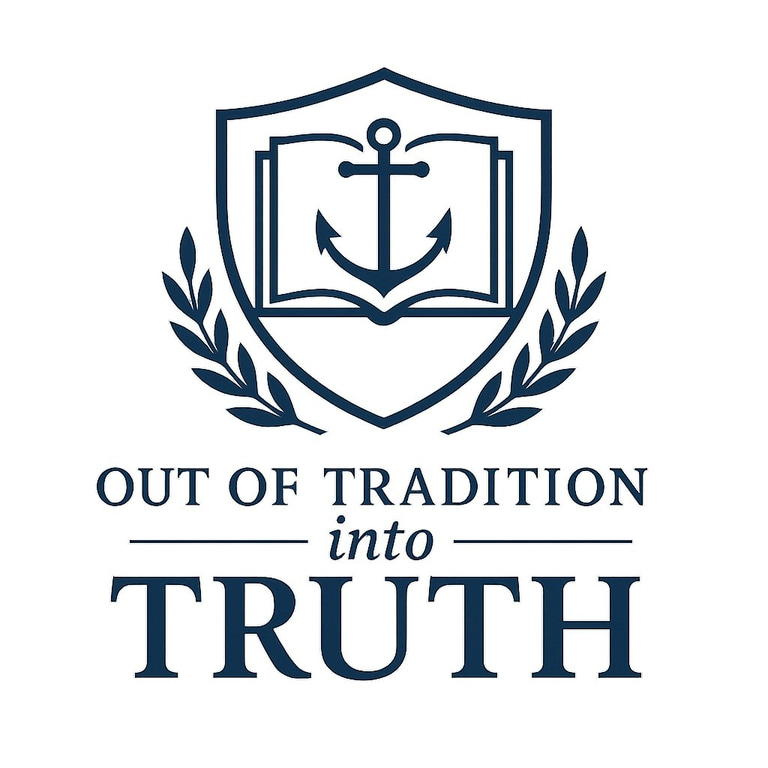What Does a Functional Body of Christ Look Like?
(Based solely on the King James Bible and Pauline doctrine)
A functional Body of Christ is not measured by attendance, emotion, or outward display, but by sound doctrine working effectually in every member through the gospel of grace. Paul describes this divine order plainly in Ephesians 4:15–16, saying that the Body “maketh increase… unto the edifying of itself in love.” The functional Body is one that operates according to the revelation of the mystery given to Paul (Ephesians 3:9), recognizing Christ as the Head and His Word rightly divided as the rule of operation. When each member understands their identity, calling, and doctrine under grace, the Body functions as God intended: with unity in truth, diversity in operation, and charity as the bond of perfectness.
A functional Body of Christ begins with one gospel. Paul makes it clear that “there be some that trouble you, and would pervert the gospel of Christ” (Galatians 1:7). A Body cannot function when divided by mixed messages of law and grace, works and faith, prophecy and mystery. The gospel that builds and nourishes the Body today is that “Christ died for our sins, was buried, and rose again the third day according to the scriptures” (1 Corinthians 15:3–4). When this gospel is understood and believed, the Holy Spirit places the believer into the Body of Christ (1 Corinthians 12:13). Therefore, a functional Body begins at the point of clear salvation by grace through faith without works (Ephesians 2:8–9). Any assembly that preaches another gospel or adds performance, ordinances, or emotionalism to salvation is spiritually dysfunctional, regardless of size or sincerity.
A functional Body of Christ is doctrinally united but functionally diverse. Paul writes that “there are diversities of operations, but it is the same God which worketh all in all” (1 Corinthians 12:6). Each member has a unique role for the edification of the whole, not for self-promotion or denominational gain. Some teach, some exhort, some give, some show mercy, and others labor quietly in faithfulness. Yet all serve under one Head: the risen Christ (Colossians 1:18). The measure of a healthy Body is not found in uniform activity, but in the mutual supply of truth and love according to sound doctrine. When each member knows how to rightly divide the word of truth and operate within the dispensation of grace, confusion and competition cease, and the Body builds itself up through the effectual working of every part.
A functional Body of Christ also maintains spiritual maturity and charity. Paul told the Corinthians that their carnality and divisions proved immaturity (1 Corinthians 3:1–3). The functional Body grows out of childishness by holding fast the form of sound words (2 Timothy 1:13) and avoiding vain jangling, fables, and endless genealogies (1 Timothy 1:4–6). Its members are grounded in truth, not tossed by every wind of doctrine (Ephesians 4:14). They speak the truth in love, not to win arguments, but to strengthen one another in the grace of Christ. True charity functions through edification, not tolerance of error. It rejoices in the truth (1 Corinthians 13:6). A functional Body therefore protects its members by guarding sound doctrine and reproving false teaching when necessary (Titus 1:9–11).
Finally, a functional Body of Christ is self-edifying through the Word, not dependent on external authority. Unlike Israel, who needed priests and temple sacrifices, the Body of Christ has direct access to God through the Spirit (Ephesians 2:18). Each believer is fully equipped through the completed revelation given to Paul (2 Timothy 3:16–17). Pastors, teachers, and evangelists serve to build up the saints in this knowledge so that the whole Body may function in truth and charity. There is no hierarchy, no priesthood, and no apostolic succession. Christ alone is the Head, and His Word is the final authority. The Body functions properly when every member stands upon that foundation, laboring together for the defense and confirmation of the gospel (Philippians 1:27).
In summary, a functional Body of Christ is marked by clarity of gospel, unity of doctrine, diversity of operation, maturity in understanding, and charity in practice. It does not follow signs, ceremonies, or Israel’s pattern. It follows Paul’s pattern (1 Timothy 1:16), walking by grace through faith, teaching no other doctrine than that which was revealed to him. The measure of its health is not numerical growth, but the degree to which every member is rooted, built up, and established in the mystery of Christ according to the revelation of grace.
Connect
Stay updated with our latest resources.
Follow
Contact
© 2025. All rights reserved.
